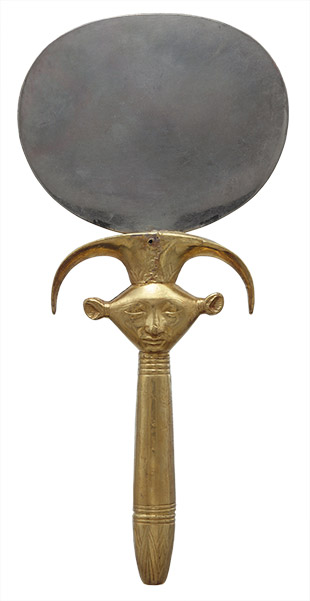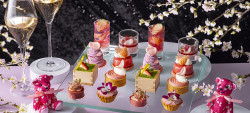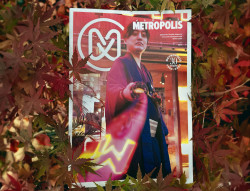
Originally published on metropolis.co.jp on August 2014

With deserts on both sides, to the ancient Egyptians it must have seemed nothing short of a miracle the way the Nile regularly flooded year after year, covering their fields with a coating of fertile mud in which to plant their crops. This appreciation of natural fertility also gave a certain feminine twist to their culture, something that is explored in the latest exhibition at the Tokyo Metropolitan Museum, and sourced from that other metropolitan museum—the one in New York.
Since the early 20th century, the New York institution has been conducting excavations in Egypt, especially near an enormous mortuary temple built by one of its most powerful leaders, Queen Hatshepsut, who reigned—first as regent for her young nephew, then as joint pharaoh—in the 15th century B.C. There’s an element of gender confusion in the exhibition because representations of the queen typically depict her as any other pharaoh, complete with false beard and blue-and-white striped “nemes” headdress.
While Cleopatra, the last queen of Egypt, was famously dependent on her ability to manipulate the great men of her day to get what she wanted, Hatshepsut presents an example of a woman who flourished because of her executive skills. Her reign appears to have been largely peaceful and prosperous, marked by the opening of new trade routes.
But it could be said that she also owed her position to the men around her, and more particularly to the fact that they died. Her husband Thutmose II, who was also her brother, passed away after a short reign, leaving Hatshepsut to play regent to his son by another wife. Her power was that of the widow, and for this reason she fostered a cult of death, which reflected back on her and added to her authority. Her main building project was a mortuary temple complex at Deir el-Bahri, where many of the artifacts here were uncovered. This was the first temple complex built in what later became the famous “Valley of the Kings.” The exhibition includes a model of the temple, showing its perfect symmetry.
Many of the items on display have a connection with death including several depictions of Hathor, usually shown as a woman with cow ears, the goddess who welcomed the dead into the next world. But she was also the deity of feminine love and motherhood, showing the degree to which the ancient Egyptians conflated life and death.
The exhibition also focuses on ideas of beauty and fashion with various gold headdresses, jewelry and makeup containers, but this is its weaker side. At the height of her power, Queen Hatshepsut likely didn’t need to check her lipstick or even her eye shadow.
Tokyo Metropolitan Art Museum, until Sep 23.







